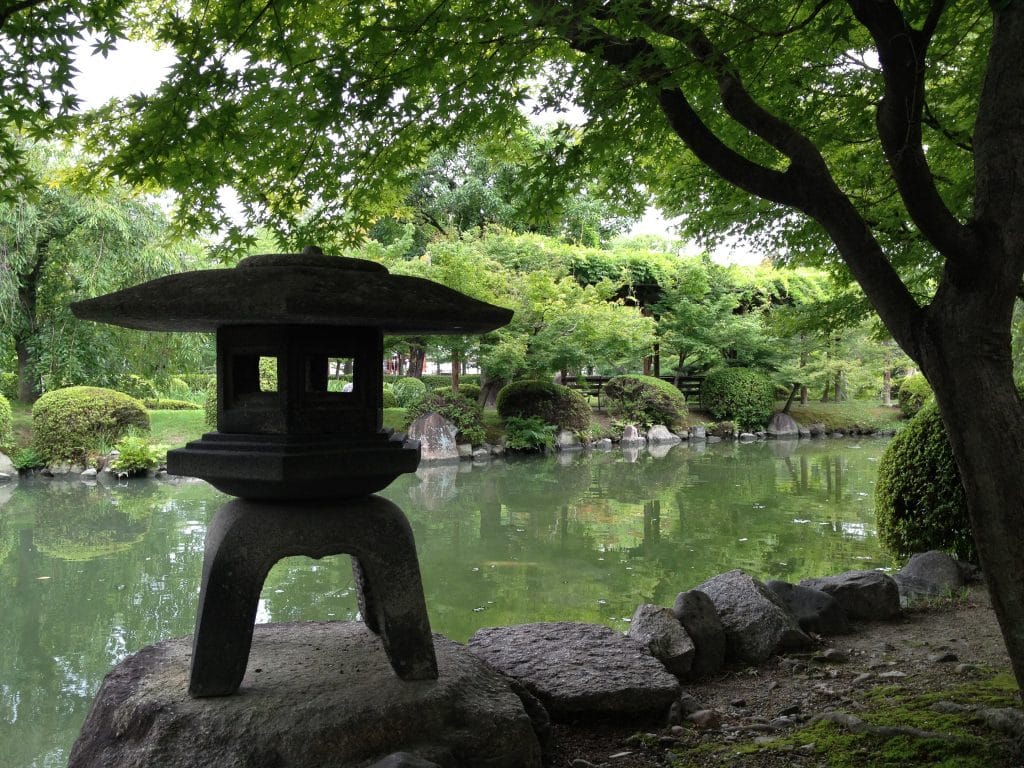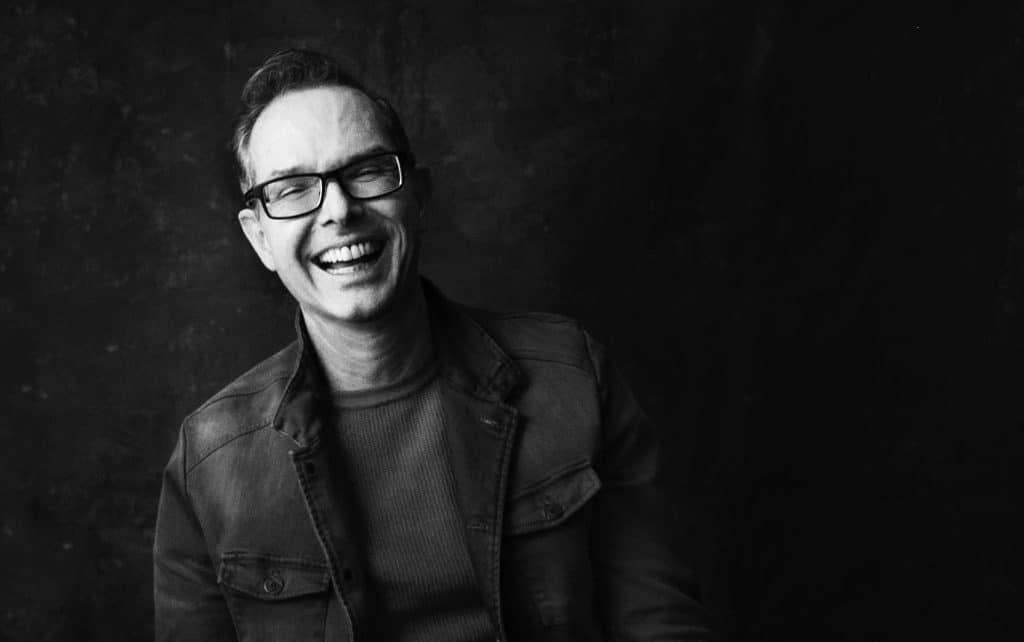
This is a different kind of article, one in which we can contemplate to get a deeper understanding of the system of Reiki, our True Self/Reiki, and how this links in with traditional Japanese Arts. To contemplate this interrelationship, I have used as a focus point throughout this article the book, “The Japanese Arts and Self-Cultivation” by Robert E. Carter.
Robert E. Carter meets with Japanese masters of aikido, tea making, flower arrangements, Zen landscaping, and pottery. These masters are not only masters of their arts, but also are seen in Japan as National Treasures. This means they have a very deep insight into the real nature of their art and the Japanese culture as a whole.
Having become more “Westernised”, many Japanese teachers today teach in a more modernized way, forgetting their cultural heritage.
But to really understand Mikao Usui’s teachings, we need to dig much deeper. And we can do this by going to the teachings of those real masters. So let’s see how their teachings reflect on the system of Reiki and our True Self.
With each quote from the book I have added a word or a sentence to help us to contemplate the interrelationship with the system of Reiki, our True Self and the traditional teachings of the real masters of Japan.
Students who are at different points along their Reiki path may not be familiar with all of the Japanese terms or concepts that follow. But we can read, contemplate, and just be here with the teachings, our thoughts, and our True Selves. And we always can read and learn more, ask questions, and contemplate some more…
“Art, philosophy, and religion are intertwined in Japanese culture, entangled like grapevines on an old wooden trellis.”
If we look deeply within the system of Reiki, we can find traces of Japanese religious practices; can you see them? (This doesn’t mean the system of Reiki is a religion.)
“Each of the arts is a pathway, a road, which is what “do” means, from the Chinese tao or dao. It also signifies a way of life, as in aikido, judo, chado, and so forth. None of these is to be understood and undertaken merely as entertainment or distraction: they all are ways of self-development, leading to a transformation of who a person is. In short, each of these arts, if seriously engaged in, is itself enlightenment in some form.”
The system of Reiki is a pathway, a road to remembering our True Self/Reiki.
“The word commonly associated with the required lifelong practice of a “Way” is shugyo. It is never a casual undertaking but an ultimately serious journey as some form of spiritual awakening, or realization.”
One of the five precepts: Gyo o hageme, practice diligently (The gyo as in shugyo, or lifelong practice of a “way”)
“True understanding is never just theory in Japan, but everyday practice.”
Gyo o hageme, practice diligently
“In this way, ethics in Japan is not separate from the arts, or from the practice of religion, or from the everyday living of one’s life. Ethics is a way of being in the world, a comprehensive sense of the oneness of things that yields a joy in living as fully as possible with others and in nature.”
The precepts show us a way of being in the world.
“Being empty is the first step in being truly open to the other, and being open to the other is to be unified with the other by being the other alone, for a moment, in the forgetting of oneself and attending fully to that other.”
Hon sha ze sho nen, which points to interconnectedness – Dai Kômyô, our innate great bright light of our True Self/Reiki (Both are symbols/mantras used in Mikao Usui’s teachings.) and the precepts
“We must keep in mind a distinction between the ego (the everyday mind) and the deeper self (the “true” self) which represents who we really are. At this deeper level, body and mind are one, but at the level of the ego, which is the reasoning self, we conceive of the material world as separate from us.”
True Self – Reiki (Seeing the distinction between this and the ego, even as we may struggle to let go of the ego)
“Of course, the ultimate aim of the practice of self-cultivation (shugyo) is not to become children once more, but to become childlike as an achievement of intense training which leads one to the wisdom which infants and wild animals display spontaneously.”
Dai Kômyô, our innate great bright light of our True Self/Reiki – gyo o hageme, practice diligently
“The increasing unification of mind and body achieved through the practice of controlling the breath…”
Joshin Kokyu Ho – a traditional Japanese meditation as taught within the system of Reiki
“Cultivation means a development in personality, and it is from this that the strongest ethical insights arise.”
The precepts
“Self-cultivation through meditation is a method of training that strengthens and enhances the function of the mind to a higher level than the ordinary state.”
Meditate on the precepts, on the symbols and mantras, see hands-on healing as meditation, reiju/initiation/attunement as meditation, and use the meditation practices like Joshin Kokyu Ho.
“Moreover, the many activities and skills of the various arts in Japan are themselves forms of meditation.”
Hands-on healing as a moving meditation
“Ki can be thought of as an energy that flows through the body (and through the entire universe), and it is referred to as “mind” and is centered specifically in the lower abdomen.”
Reiki – the hara/tanden (lower abdomen) – Joshin Kokyu Ho – precepts
“Ki, the body, and the mind are one thing”
The system of Reiki – True Self – the precepts, which are all about the mind.
“
…which ensured that he was centered in his one point, seika tanden or hara, the locus of ki.”
Reiki – grounding
“…and like the statue of Kwannon, the goddess of mercy who is portrayed as having a thousand arms, one is able to attend and to act in any and all directions, for one has not been “captured” by any one action, emotion, or thought.”
Don’t label, judge and distinguish because we get captured by our thoughts; be able “to attend and to act in any and all directions”
“…and the key to self-cultivation is the development of mind-body harmony and an increase in ki energy…”
Hatsurei ho – Joshin Kokyu Ho – (traditional Japanese meditations as taught within the system of Reiki) – gyo o hageme, practice diligently
“…ultimately, you must forget about technique. The further you progress, the fewer teachings there are.”
Let go – Dai Kômyô, our innate great bright light of our True Self – True Self
“Both masters were in full agreement in insisting that practice must begin and end with meditation.”
Meditation is the corner stone of the system of Reiki.
“…if you are unable to understand and master the principle of non-dissension, you will be unable to master the techniques.”
Merging your True Self – Dai Kômyô, our innate great bright light of our True Self – with all the techniques
“But it all begins with the one point as the reservoir of ki energy. While there is much speculation about what ki is, and even whether such an energy even exists, the focus on one point brings incredible results in the form of magnified power.”
Joshin kokyu ho – focused on the hara/tanden
“The essence of the Japanese spirit must be to become one in things and in events. It is to become one at that primal point in which there is neither self nor others.”
Hon sha ze sho nen, interconnectedness – Dai Kômyô, our innate great bright light of our True Self – True Self – compassion
“One must empty his or her mind: “your kokoro must not be moving,” but must be focused and as clear as a mirror-surfaced lake.”
Not labeling, judging, distinguishing; just like a mirror, it reflects everything but it never judges, labels, or distinguishes – Hon sha ze sho nen – Dai Kômyô – precepts – True Self
“Enlightenment is empowerment”
Dai Kômyô, our innate great bright light of our True Self – the essence of the precepts
“Tea is a way of meditation, but to do it properly, “one must eliminate preconceptions. One must start from emptiness, from nothingness (mu). It is necessary to purify your heart in order to reach the mu state. And the host is himself attempting to reach the mu state while serving the guests tea.””
Hands-on healing and reiju/initiation/attunement on others from state of mind of the precepts, True Self and Dai Kômyô, our innate great bright light of our True Self
“In Zen, when you become one with the cold or heat, the extremes of hot and cold disappear. Eliminate preconceptions and prejudices, and become one with ever-changing nature.”
Byosen reikan ho – hibiki – sense, notice, feel, and let go of labeling, judging, and distinguishing
“One achieves this through practice, attempting to eliminate all boundaries between host and guest, self and act; to become one.”
Hands-on healing – reiju/initiation/attunement
“As with all the Japanese arts, the key to success is practice (shugyo), and the results of the practice include an increase in physical and mental well-being, a deepened respect for nature as well as for one’s fellow men and women, a markedly diminished ego, together with the growth of a spiritual dimension, “a tranquil attitude and an abiding gentleness of character.”
Gyo o hageme, practice diligently – compassion – precepts
“Yet what is being revealed is not something added onto or mixed in with who one once was. Rather, practice merely reveals what has been there all along, from the beginning, but was covered over by the accretions of wrong-thinking and ego-centeredness.”
Reiju/initiation/attunement – hands-on healing
“Yet the highest level of artistry has less to do with technique and more to do with the “heart.””
Just Be – True Self
“Most people look through some medium, generally imposing thoughts, personal tastes, and habits between the eye and the object. Assuredly, the result is different points of view; but it is quite another thing to see directly. Seeing directly constitutes a direct communion between the eye and the object. Unless a thing is seen without mediation, the thing itself cannot be grasped. Only the men who possess this capacity of direct perception are true masters of Tea, just as those who can see God with immediacy are the real priests worthy of the name. True men of Tea are masters of the power of seeing.”
Byosen reikan ho – hibiki – sense, notice, feel, and let go of labeling, judging, and distinguishing
“Such seeing, like pure experience itself, is seeing prior to the dualistic distinction-making of the intellect, and it intuits things as they are in their depths, in themselves, rather than comparatively. Pure experience signifies “a condition of true experience without the addition of the least thought or reflection””
Byosen reikan ho – hibiki – sense, notice, feel, and let go of labeling, judging, distinguishing, and comparing
“The moment of seeing a color or hearing a sound, for example, is prior not only to the thought that the color or sound is the activity of an external object or that one is sensing it, but also to the judgment of what the color or sound might be. In this regard, pure experience is identical with direct experience. When one directly experiences one’s own state of consciousness, there is not yet a subject or an object, and knowing and its object are completely unified. This is the most refined type of experience.”
Byosen reikan ho – hibiki – sense, notice, feel, and let go of labeling, judging, and distinguishing
And finally,
“The seat of non-dualistic awareness is to be found in one’s own mind. Looking into one’s own nature (kensho), one finds the undifferentiated, the unborn, nothingness. We are afforded a glimpse of ultimate reality prior to differentiation and form: we experience our own Buddha-nature.”
The embodiment of the System of Reiki and the precepts – True Self – Dai Kômyô, the innate great bright light of our True Self.
Practicing all elements of the system of Reiki – precepts, meditations and techniques, hands on healing, mantras and symbols, reiju/attunements – guides us to that space where of “…the undifferentiated, the unborn, nothingness.” With consistent practice, the glimpses Carter refers to, “…of ultimate reality prior to differentiation and form” become longer and more frequent, and ultimately, “…we experience our own Buddha-nature.” We experience our True Self/Reiki.
Based in Holland, Frans Stiene teaches in North America, Europe, UK, Australia and Asia.
Frans is also the author of Reiki Insights, it is the continuation of his previous book The Inner Heart of Reiki, taking your personal practice and understanding of the system of Reiki yet another step deeper.

